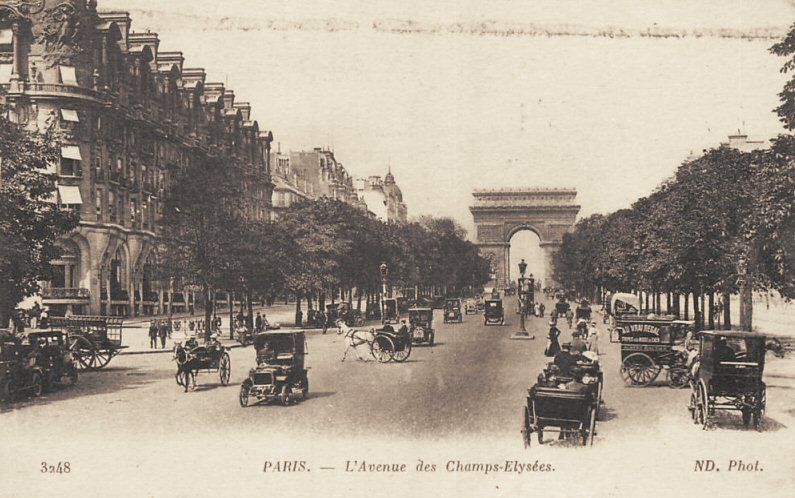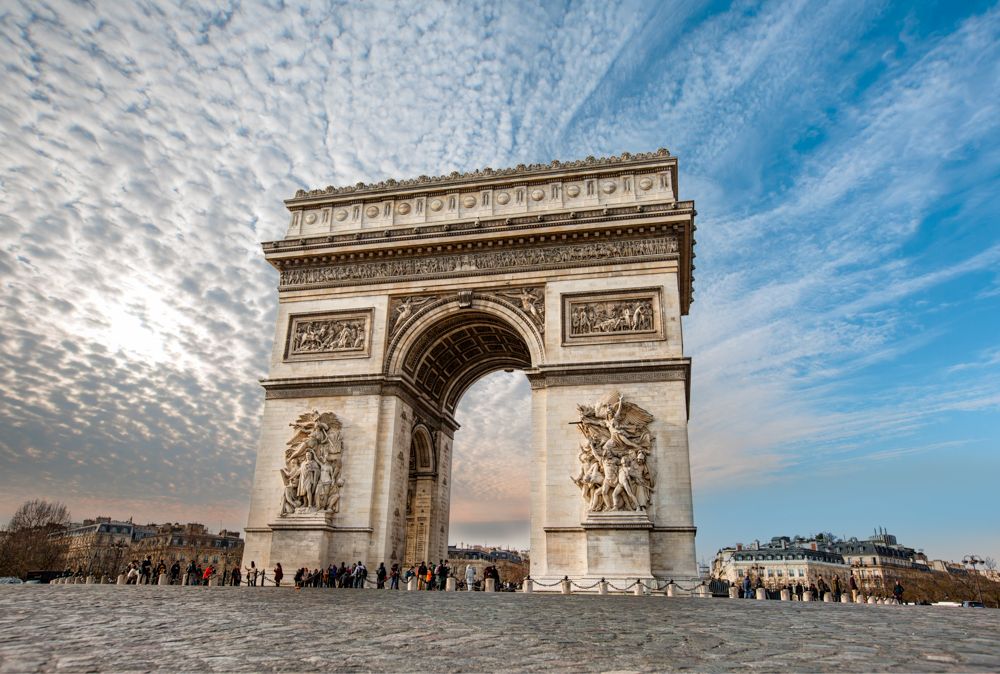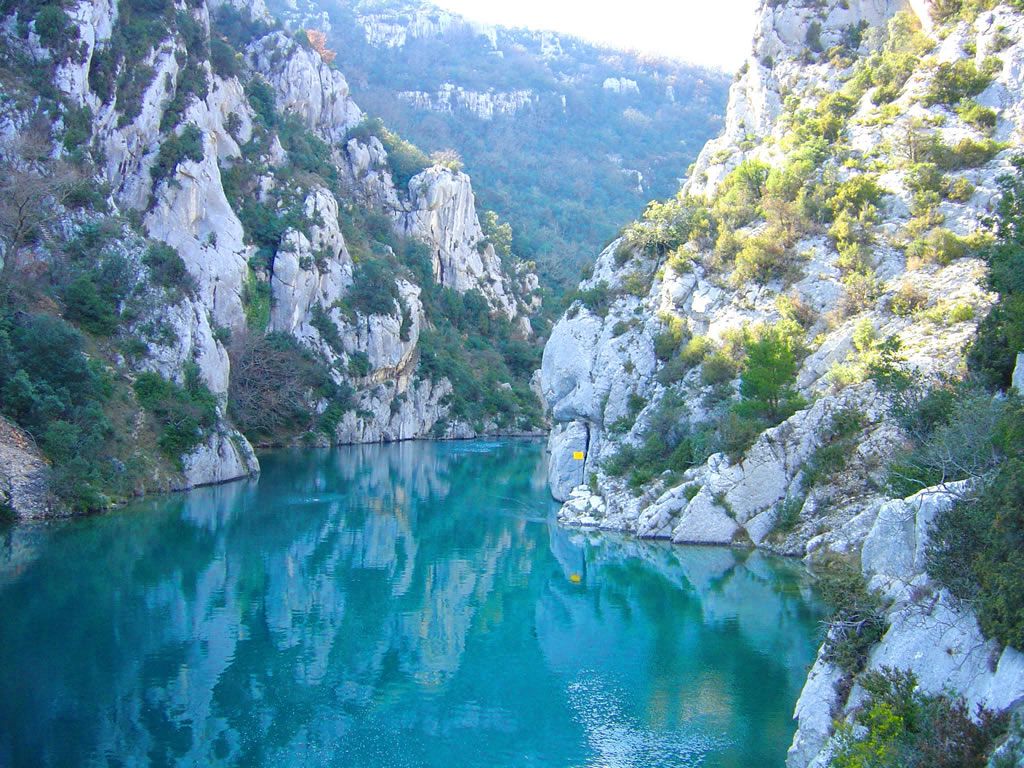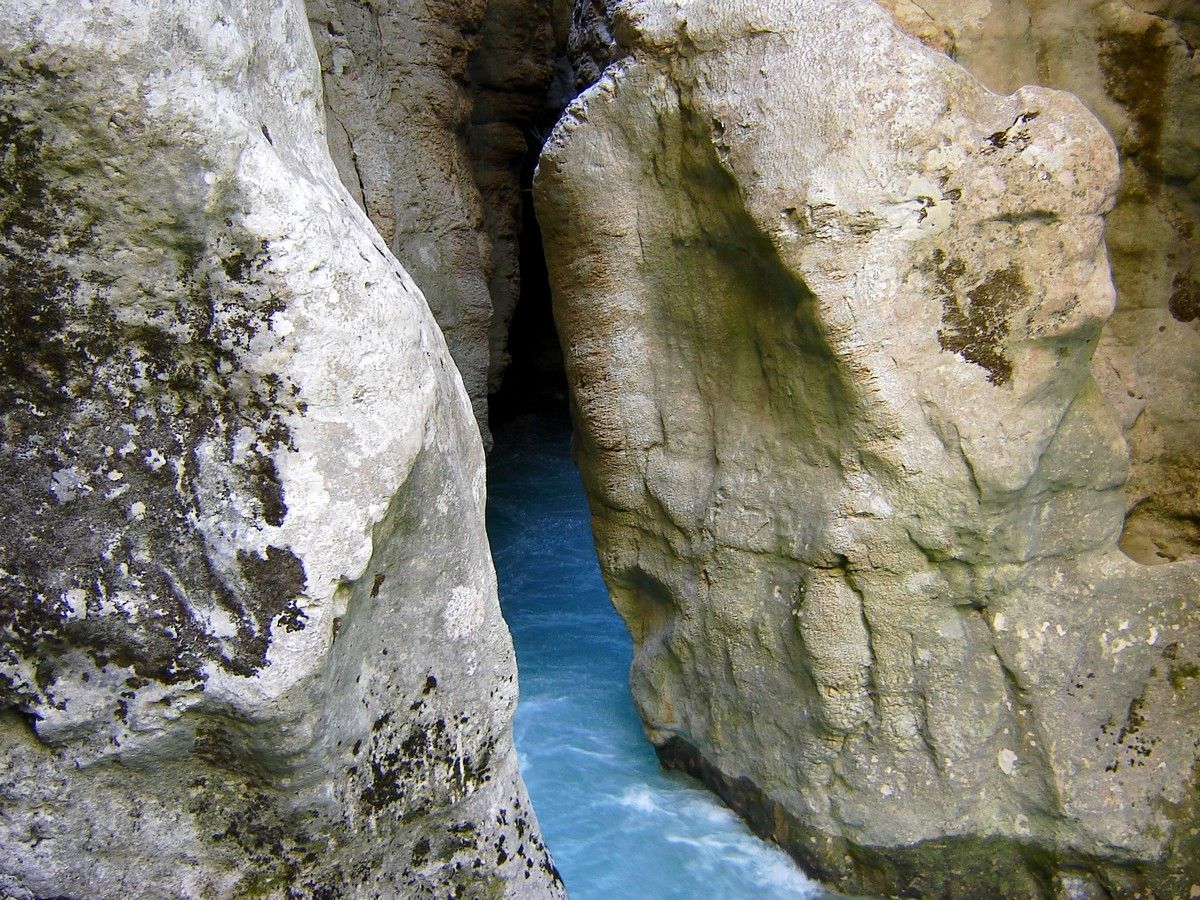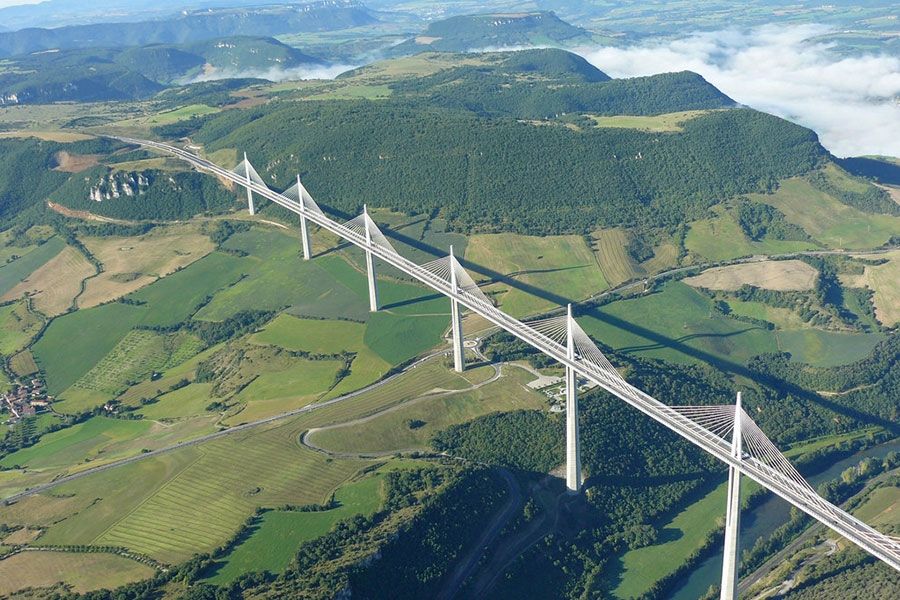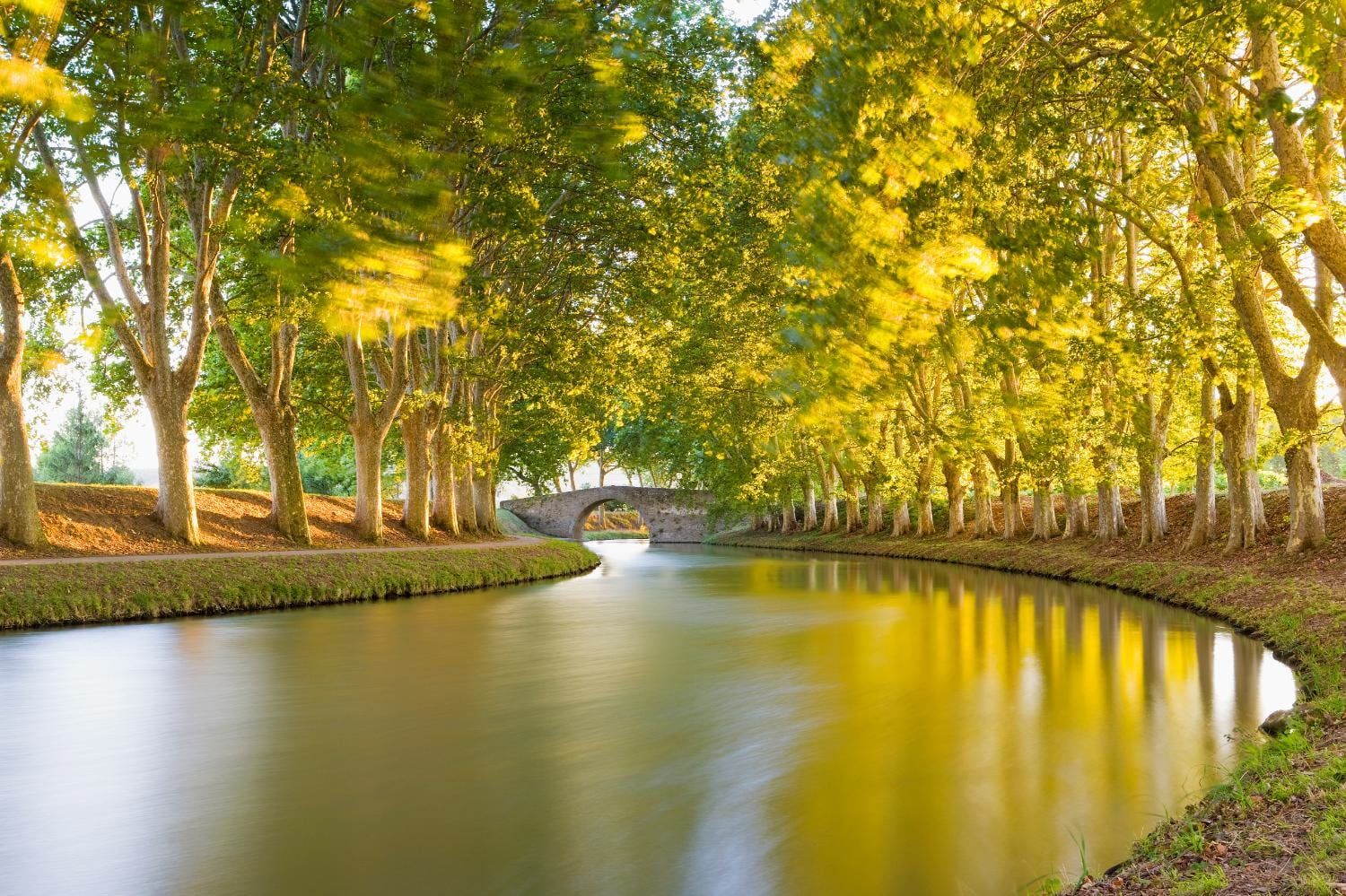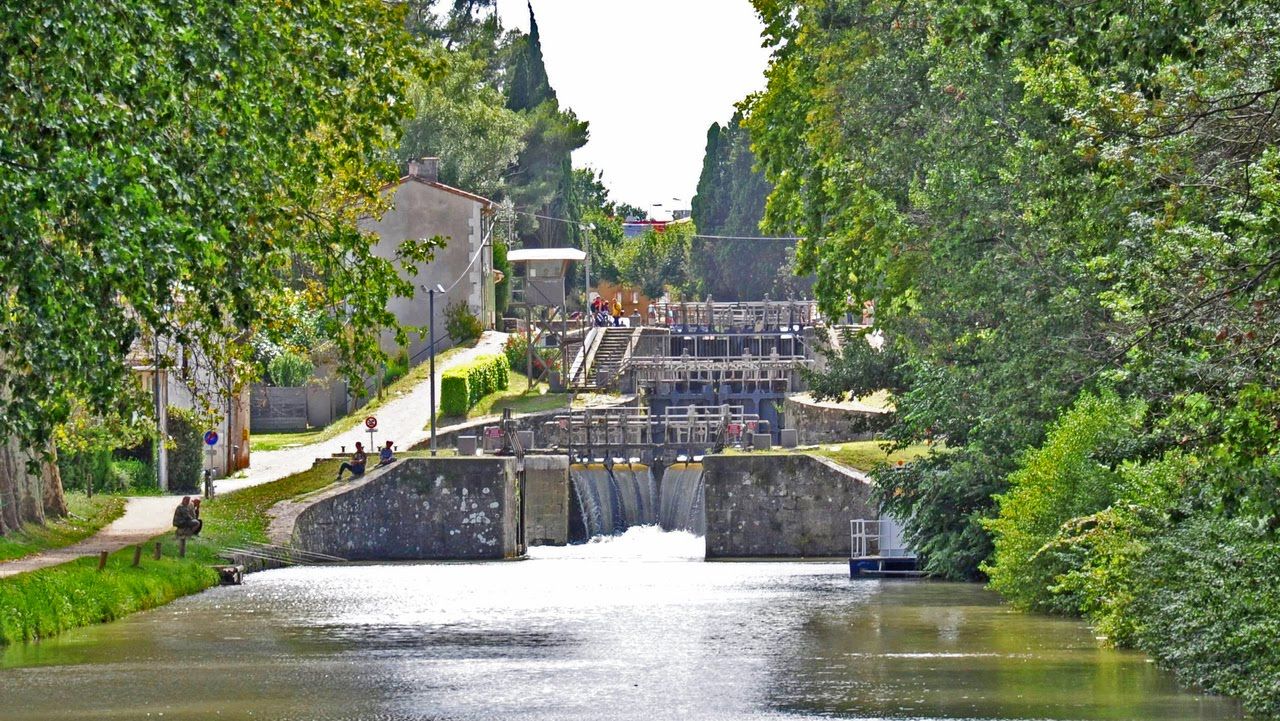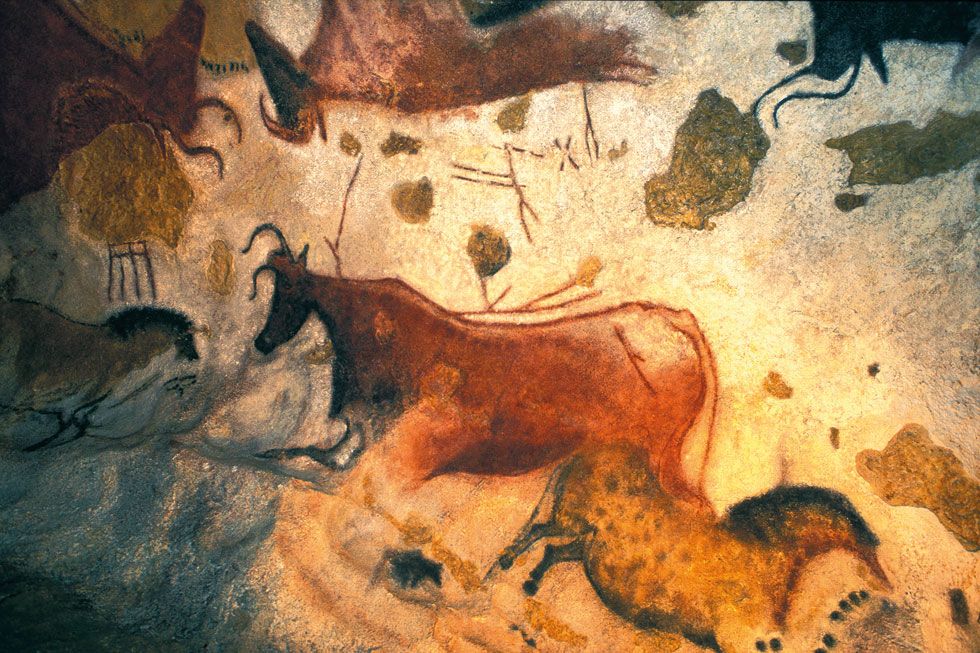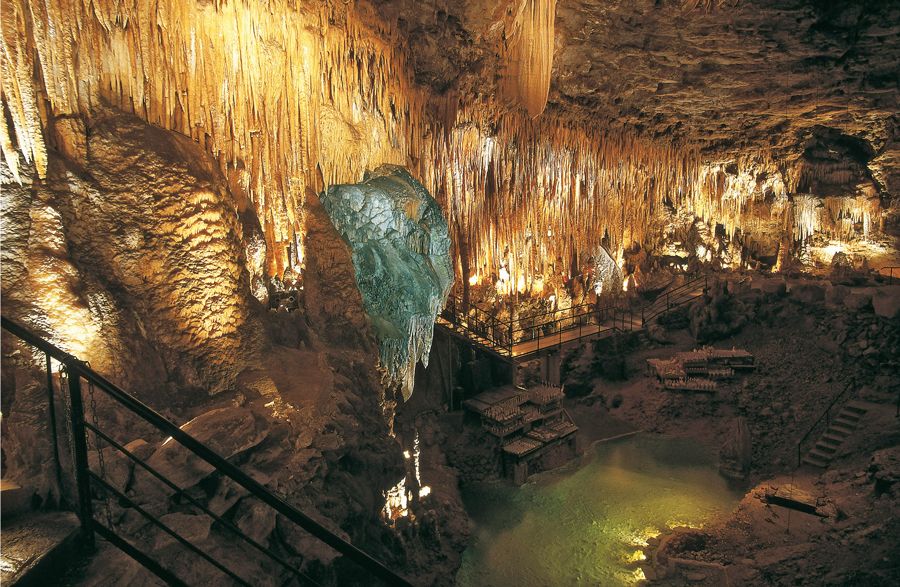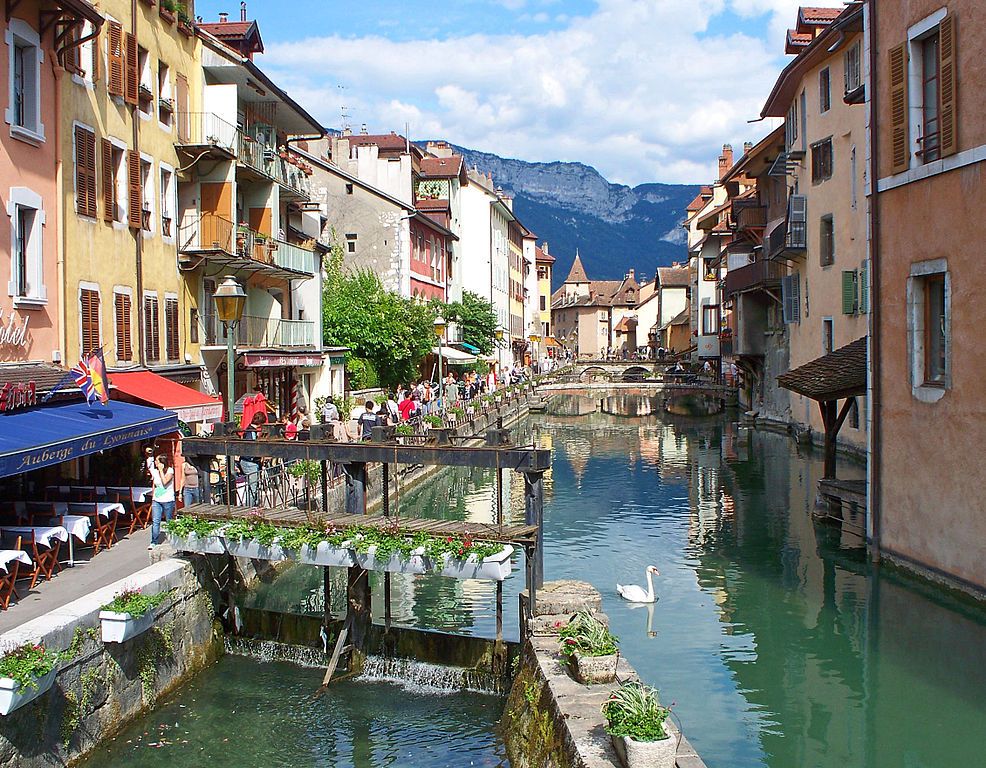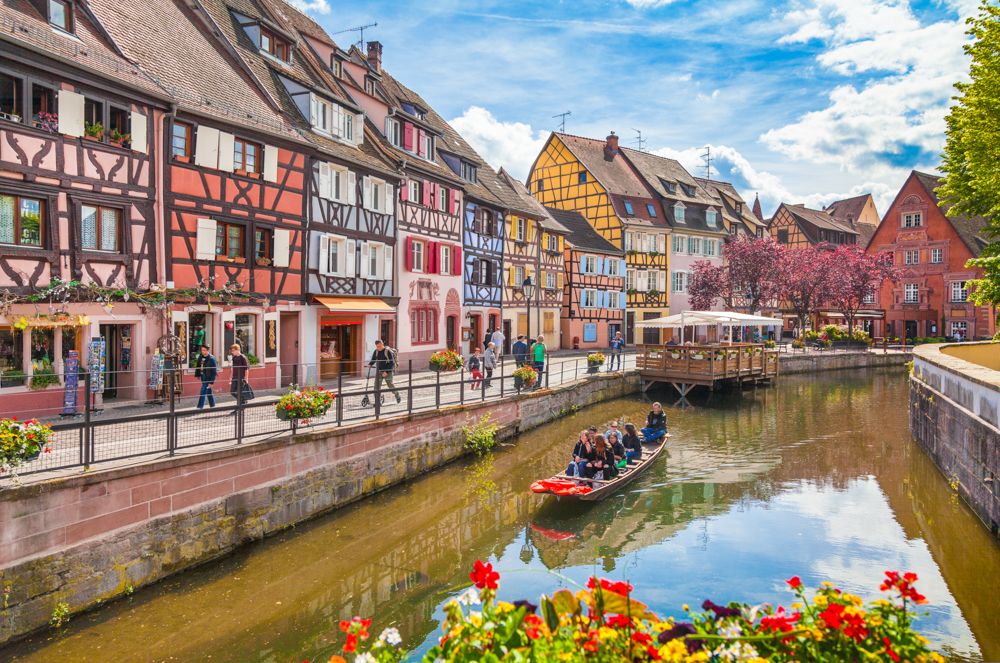Le Tour de France by region
Les Champs-Elysées
The final section of the last stage of the Tour de France has, since 1975, been played out on one of the most famous avenues in the world: the Champs-Elysées. Previously, the "survivors" of this gruelling test crossed the finish line at the Vélodrome in Vincennes. Now that the finish line is located on the Champs-Elysées this allows for a much larger crowd to come and cheer on the exhausted riders who have spent three long and arduous weeks on the road.
But did you know that in the 16th century this area was nothing but fields outside the centre of Paris? In 1616 Marie de Medicis decided to create a long tree-lined path going east from the Tuileries. The route was redesigned in 1667 by renowned landscape designer André Le Nôtre as an extension of the Jardins des Tuileries. The promenade, called 'Grande Allée du Roule' or 'Grand-Cours' had become a fashionable place but was still isolated from the city with few buildings surrounding the area.
Twenty-seven years later the promenade was renamed 'Champs-Elysées', (Elysian Fields). The name was derived from Greek mythology where 'Elusia' is a place where heroes come to relax.
In 1724 the Champs-Elysées was extended all the way to the Chaillot hill (now known as l'Etoile, the site of the Arc de Triomphe). Its current form took shape in 1838 when French architect Ignaz Hittorf - who was redesigning the Place de la Concorde - created the Jardins des Champs-Elysées. He also installed sidewalks, gas lamps and fountains. The Champs-Elysées started to attract more and more restaurants and hotels, especially after 1900 when the Paris metro line no. 1 reached the Etoile station.
Today, around 7 million people visit the Champs Elysées per year and around 19,180 people per day.
The Verdon Gorge - one of France's finest natural sites
Provence is not all olive groves, vineyards, Mediterranean pine forests and lavender fields. The region, whose name is often shortened to Provence, is actually known as Provence - Alpes - Côte d'Azur, or in English Provence Alps and the Riviera.
The Verdon Gorge (‘Gorges du Verdon’ in French) is one of Europe’s most beautiful river canyons. Located in central Provence, with the Var department to the south and the Alpes-de-Haute-Provence department to the north, its name is derived from the striking turquoise colour of the Verdon River that flows along its picturesque 25 kilometres length. From its source near the Italian Border, the Verdon runs south as far as Castellane, then west to join the Durance near Manosque.
The Gorges du Verdon attracts visitors for many reasons. There are those who come for the spectacular road trip round the edge of the gorge, by car or by bike; there are those who come to enjoy some of the exhilarating hiking trails in and around the gorge. Then there are some who come to admire the bird life - vultures, eagles and other birds of prey. Finally, there are those who come to enjoy the experience of paddling up the bottom end of the gorge in a canoe or a kayak or a pedal boat.
Fascinating features of the Verdon Gorge include the Styx du Verdon, a sub-canyon of the gorge, and the ‘Imbut’, a funnel that appear to vanish into the rock. Also, don’t forget to discover the 4 lakes and their surrounding villages which kept their old fashioned Provençal appeal. The regional park of Verdon (Parc Naturel Régional du Verdon) has been officially set up since March 1997. It includes 43 towns of the two departments and spreads out over nearly 178,000 ha.
Le Viaduc de Millau
No other high bridge in history caught the eye of the media more than the opening of the Millau Viaduct in 2004. Spanning the gorge valley of the River Tarn near Millau in southern France, Millau viaduct holds the world record for the tallest bridge, culminating at 343 metres (higher than the Eiffel tower) and 2460 metres long.
Conceived by the French engineer Michel Virlogeux and designed by the English architect Lord Norman Foster, Millau viaduct constitutes the most spectacular link in La Méridienne: the A75 motorway, linking Clermont-Ferrand with Béziers and Narbonne.
With a backdrop of greenery and limestone cliffs, the Millau Viaduct blends perfectly into the landscape: a very thin slightly curved steel roadway supported by stays gives it the appearance of a huge yacht and the ensemble rests on 7 very slender pillars.
Nestled in the heart of the Grands Causses Regional Natural Park, it provides a striking contrast between modernity and ancestral customs. In 2011, UNESCO added the Causses and the Cévennes to the World Heritage List making the Millau viaduct one of the gateways to this landscape shaped by Mediterranean agriculture.
While the structure is now the key attraction in the Aveyron department, it also has a major role to play in tourism for the entire region, which is full of gems... While visiting, why not to explore the surroundings, the Gorges du Tarn, the regional natural park, the Grands Sites, etc.
Key figures The Millau Viaduct is known as "the structure that broke all the records": with its often dizzying figures, it is sometimes difficult to grasp in human terms.
- Length 2,460 m
- Deck width 32 m
- 600 workers
- Weight of the steel deck 36,000 t
- Maximum height 343 m.
- Pylon height 87 m
- Amount of concrete 206,000 t
- 3 years of construction
The Canal du Midi – A World Treasure
There is something very special about the Canal du Midi, something that simply makes people fall in love with it. Running from the city of Toulouse down to the Mediterranean port of Sète, the 241kms of the Canal du Midi is arguably the most beautiful and well-known stretch of inland waterway in Southern France.
These days the Canal du Midi is a haven for tourists from across the world who come to bask in its beauty and soak up the scenery. In the summer the weather is gorgeous, but the colours and its serenity make it a place for all seasons. It is easy to see why it was inscribed as a UNESCO World Heritage Site in 1996. First time visitors will certainly be bowled over by its magnificence and even old hands will find new and exciting things to explore on every visit. It is truly a magical holiday destination.
History of the Canal du Midi In 1667, Pierre-Paul Riquet designed and built the Canal Royal de Languedoc (as it was then known) with the aim of transporting wheat, wine and textiles. It opened on May 15th 1681. However, it wasn’t until two centuries later, when his canal was linked to the Canal du Garonne, that Riquet’s dream of reaching the Atlantic was fulfilled. The Canal Royal de Languedoc was renamed the Canal du Midi during the French Revolution, and by 1856 it carried over 100,000 tonnes of cargo and a million passengers a year.
Engineering prowess There are 328 structures across the Canal du Midi, from aqueducts and bridges to tunnels and locks (écluses in French). Unlike most locks, these are all oval, making them unique, although the most famous is actually the Agde Round Lock. Being round, it can even allow a boat to turn around. It also has three sets of lock gates, each with a different water level – a very unique sight. There are actually 86 working locks to enjoy navigating on your cruise. Most ‘écluses’ are now user-operated – by the end of the first day you will certainly be a master.
Environment The stunning scenery, wide variety of nature, avenue of trees and of course amazing locks that run the length of the canal, make the Canal du Midi unique. Since the 1990s tourists have flocked to the world renowned stretch of water and its popularity continues to grow. Spanning the regions of the Languedoc-Roussillon and Midi-Pyrénées, the Canal du Midi boasts some unique and truly breath-taking landscapes, passing through a great number of wine growing areas, including the Herault, the Aude, Minervois and Corbieres.
Prehistoric Caves in Dordogne
The Dordogne region of France has literally hundreds of caves; many of them open for the public to visit. These caves ('grottes' in French) fall into two categories - caves that are famous for the prehistoric paintings that they contain; and caves that are more renowned for their rock formations - stalactites, stalagmites, and other curious shapes formed by the effects of water over thousands of years. Both types of cave are equally fascinating. It is not possible to view the cave paintings without feeling a strange connection with our ancestors that once stood in exactly the same place, or to stand in one of the great underground caverns without being overawed by the beauty of nature.
The most important caves in France, the Lascaux caves, are one of the highlights of Dordogne. Although the original cave has now been closed to protect it the copy is so realistic you would never realise it was man-made and the paintings are simply stunning. These were painted using the same techniques as the original and the artificial cave is accurate to a few millimetres - all the more incredible when you know this was done without the aid of computers.
Lascaux caves were discovered in 1940 by four teenagers and their dog when they literally fell into the Hall of the Bulls. In the light of a makeshift lamp they saw huge bulls (wild aurochs up to 5 metres long) bison, cows, horses, deer, chamois and a ‘unicorn’ (with 2 horns!). Here is the ‘Sistine Chapel’ of prehistory. Scientists have established that these pictures were painted by the Cro-Magnon people about 17,000 years ago. These were fully modern humans who have left traces of themselves in the Vezere Valley up to 37,000 years old. Over 200 Ice Age sites are known in this small area.
In total there are about 25 decorated caves in this region you can visit. Les Eyzies (sometimes called the ‘World Capital of Prehistory’) has several of the best caves within easy reach - Font-de-Gaume, Les Combarelles, Rouffignac. This last, the Cave of a Hundred Mammoths (there are 152!) is so big that we have to use an electric train to travel back 13,000 years. In other caves bison and horses seem to jump from the rock, so finely attuned were our ancestor-artists to the physical environment with which they were working.
You will very quickly realise that there is a huge amount to see in this region - the Vezere Valley is deservedly a UNESCO World Heritage site.
Annecy, Venice of the Alps
Have you ever even heard of Annecy? A mere 35 kilometres south of Geneva, just past the Swiss border in east-central France, Annecy is one of the ornaments of Savoie. Like Geneva, it sits between lake and mountains; but UNLIKE Geneva, it has canals winding through its Old Town, hence the nickname Venice of the Alps.
This idyllic and touristic representation comes from its two canals and the Thiou river lying through the old city. The old town area is totally enchanting, with meandering narrow streets alongside crystal clear canals. Annecy is a beautiful town and is home to a number of important places and monuments and has also been classified as a Town of Art and History in France. Pretty rows of medieval buildings, fronted with colourful facades that overhang arcaded shop fronts, hide enticing passageways that lead to hidden courtyards or small bridges over the waterways.
The best advice to explore Annecy? Just wander, and enjoy discovering what’s around the next corner, through a small alleyway, or under an enticing archway. There’s a certain mystique about this quaint town, a feeling that although you are enjoying what you’re seeing, there could be well be something even better hiding just out of sight.
Here are some must to see:
• The Palais de l'Ile also called the "old prison", was built in the 12th century. Inside you can see the former prison cells and visit an exhibition on the architecture and heritage. It is the symbol of the town and is among the most photographed monuments in all of France.
• The Château d'Annecy was the home of the Counts of Geneva. In the 16th century the castle entrance was fortified with a parapet walkway. The oldest part of the castle is the Tour de la Reine which was built in the 13th century. From the 17th century to the 1940s it was a barracks and today it houses a museum with exhibitions of Art and History of the area.
• The Cathedral of Saint-Pierre built in the 16th century was the cathedral of François de Sales, and is home to a number of artworks and baroque pieces from the 19th century
• The Porte Sainte-Claire gate is one of the gateways into the town and next to it is the Gallo House which has an 18th century facade.
• The Basilique de la Visitation built in the 20th century, home of the tomb of François de Sales and Jeanne de Chantal - both buried in rich copper sarcophaguses, and offers a magnificent view of the town. But it’s the lake that draws most travellers here, just as it’s done for thousands of years. Lakes everywhere have a certain allure, but Lake Annecy, perfectly set with the alpine peaks as a backdrop, is magnificently appealing. It is even known as Europe’s cleanest lake!
Colmar, Alsace wines capital city
Nestled among vineyards, its traditional houses, canals, floral displays, amazing cuisine, famous wines and charming accommodation make Colmar an outstanding microcosm of Alsace – showcasing its lifestyle, conviviality and hospitality – the key features of its unique, exceptional welcome.
Colmar and its amazing Christmas Market, Colmar and its museums, Colmar and its ‘must-sees’ - the house of the sculptor Bartholdi, the House of Heads, the Pfister House, the 'Petite Venise' quarter, and much more. But do people know that Colmar is first and foremost a wine capital?
As the gateway to Switzerland and Germany, between the Vosges and the Rhine, Strasbourg and Mulhouse, Colmar is the Capital of Alsace wines and a unique tourist destination in the heart of the Alsace wine growing region. With vastly contrasting terrain, from plains to slopes and mountains, it boasts 37 wine-growing communities and 30 Grands Crus.
History and geography have left their mark - clearly and indelibly. As early as the middle Ages, Colmar sent wine from its tiny Horbourg-Wihr port to the far reaches of Eastern Europe. With the Alsatian wine country divided into a thousand or so properties averaging 4.5 ha each, and 6,500 registered harvesters all obtaining their livelihood from the vines, there was a dire need of unification! For the last 35 years, the charismatic Pierre Bouard, has united the vineyard barons, the main wine cellar coops and individualistic-minded producers.
Also, Colmar is where the decisions about the future of the wine business (trading, marketing and laws) are made. ‘Alsace and Corsica are the only two regions of France,’ remarks Jean-Michel Deiss, ‘where the regional council of the National Institute of Appellations d'Origine (INAO) makes its own, independent decisions. And the Alsatian INAO is located in Colmar, as is the CIVA, the Alsace Wine Commission, which brings together the numerous winegrower-owners, traders and collaborators which, in turn, unify the well-established individual producers.
And what to say about the Alsace Wine route? Perhaps the most famous one in France! For some 125km, from Marlenheim to Thann, it takes you past historic sites and contemporary delights, including vineyards, pretty villages, old castles, tasting cellars, fine restaurants, small chapels, winegrowing festivals and abbeys. Since the Romans planted vines here, it is safe to say that Alsace has made the most of this heritage!

